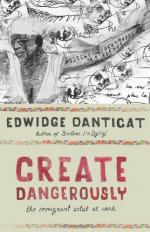|
This section contains 3,012 words (approx. 11 pages at 300 words per page) |

|
SOURCE: Hove, Thomas B. “Toni Morrison.” In Postmodernism: The Key Figures, edited by Hans Bertens and Joseph Natoli, pp. 254-60. Malden, Mass.: Blackwell, 2002.
In the following essay, Hove provides an overview of elements of postmodernism in Morrison's fiction.
Although she regards herself first and foremost as an African-American writer, Toni Morrison's work shares several features with a widespread tendency in postmodern fiction—shared by American writers as diverse as Leslie Marmon Silko, Ishmael Reed, and Thomas Pynchon—to confront, question, and ultimately supplement dominant cultural narratives. Morrison's fictions repeatedly challenge cultural traditions defined by patriarchal, assimilationist, and totalizing standards. Ever since her first novel, The Bluest Eye, came out in 1969, she has set herself in opposition to the European American white mainstream by portraying and celebrating unique, powerful voices of marginalized women from American history and contemporary American life.
Formally, Morrison's impulse to supplement totalizing narratives is reflected...
|
This section contains 3,012 words (approx. 11 pages at 300 words per page) |

|


